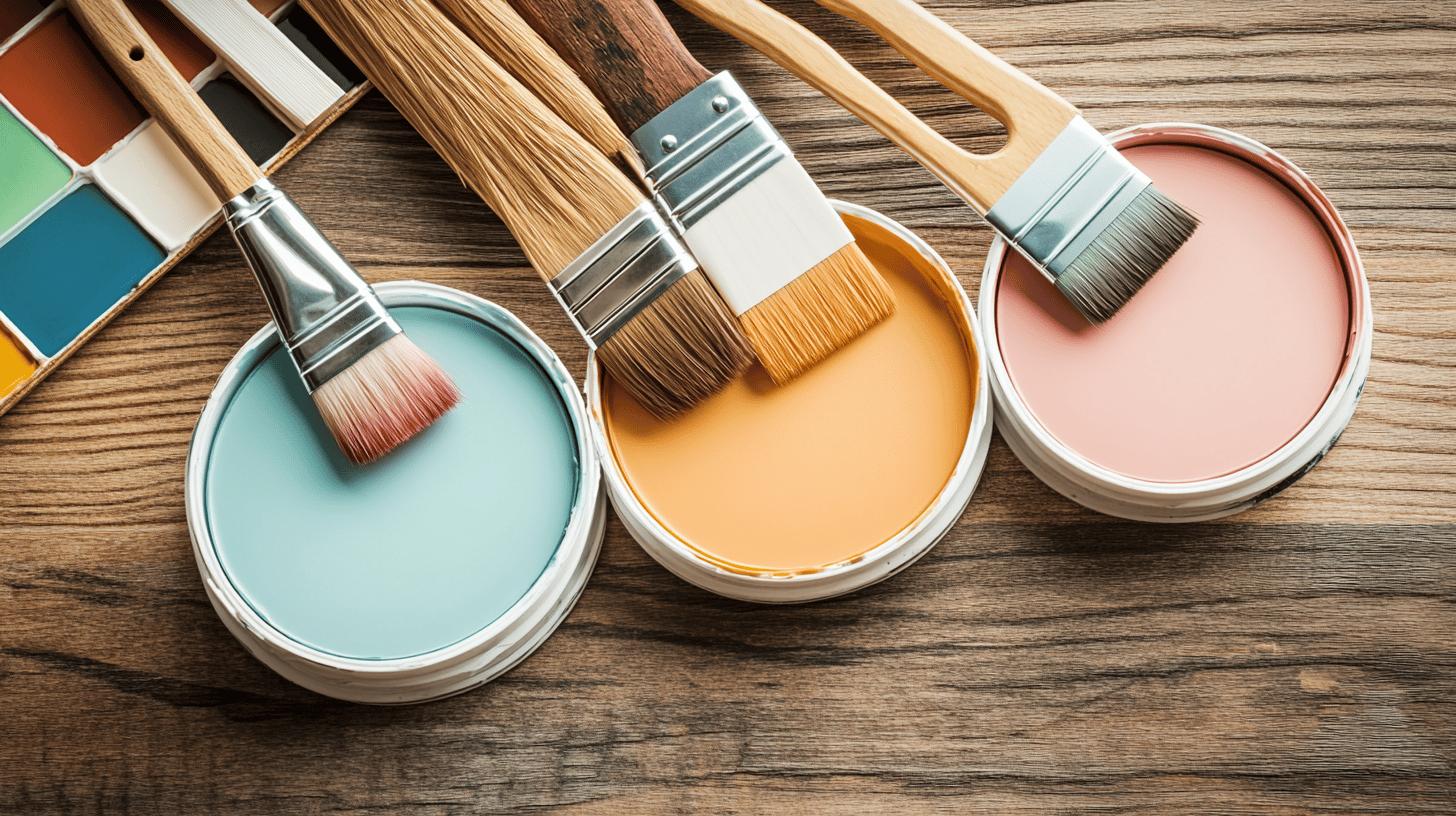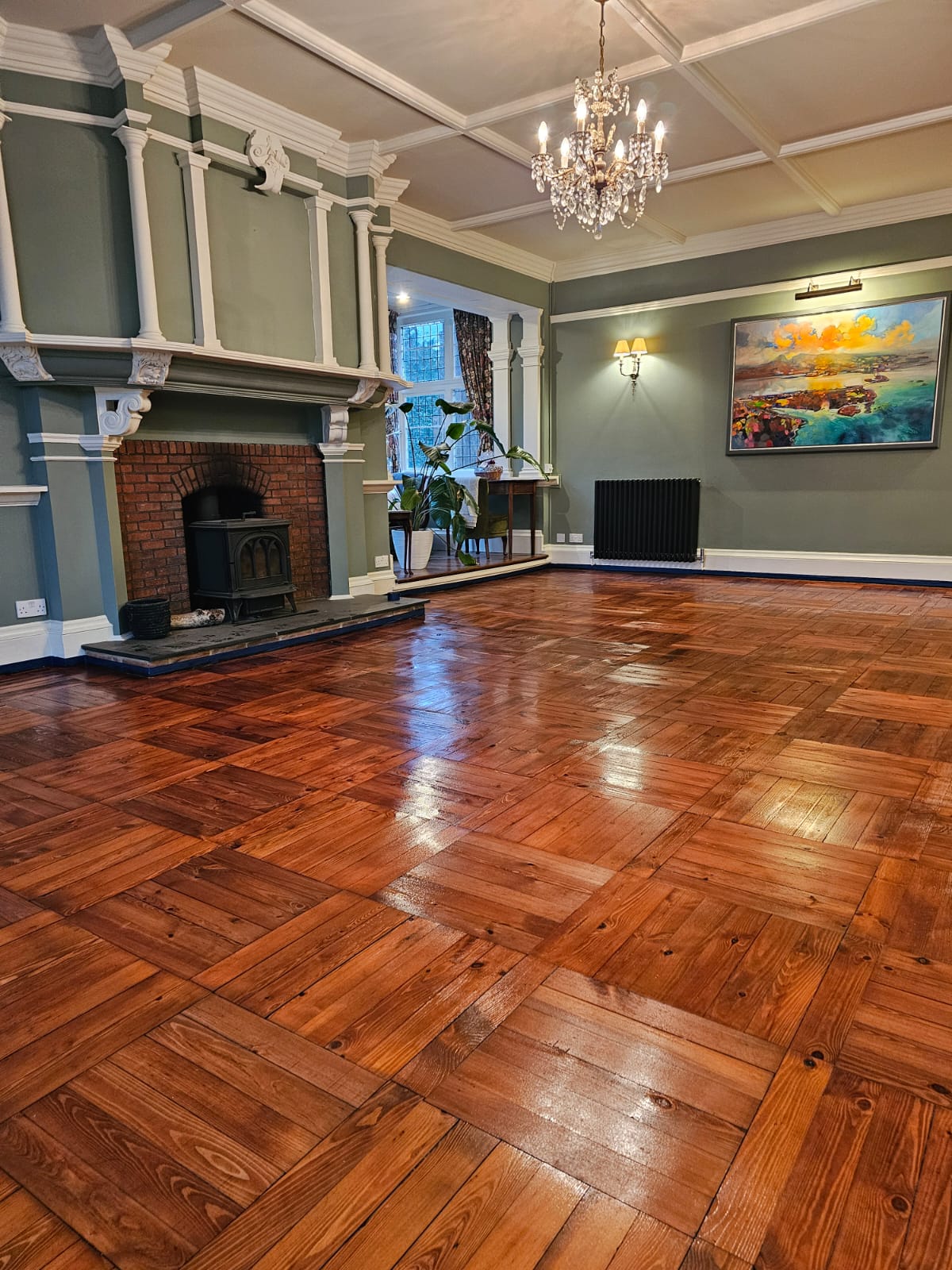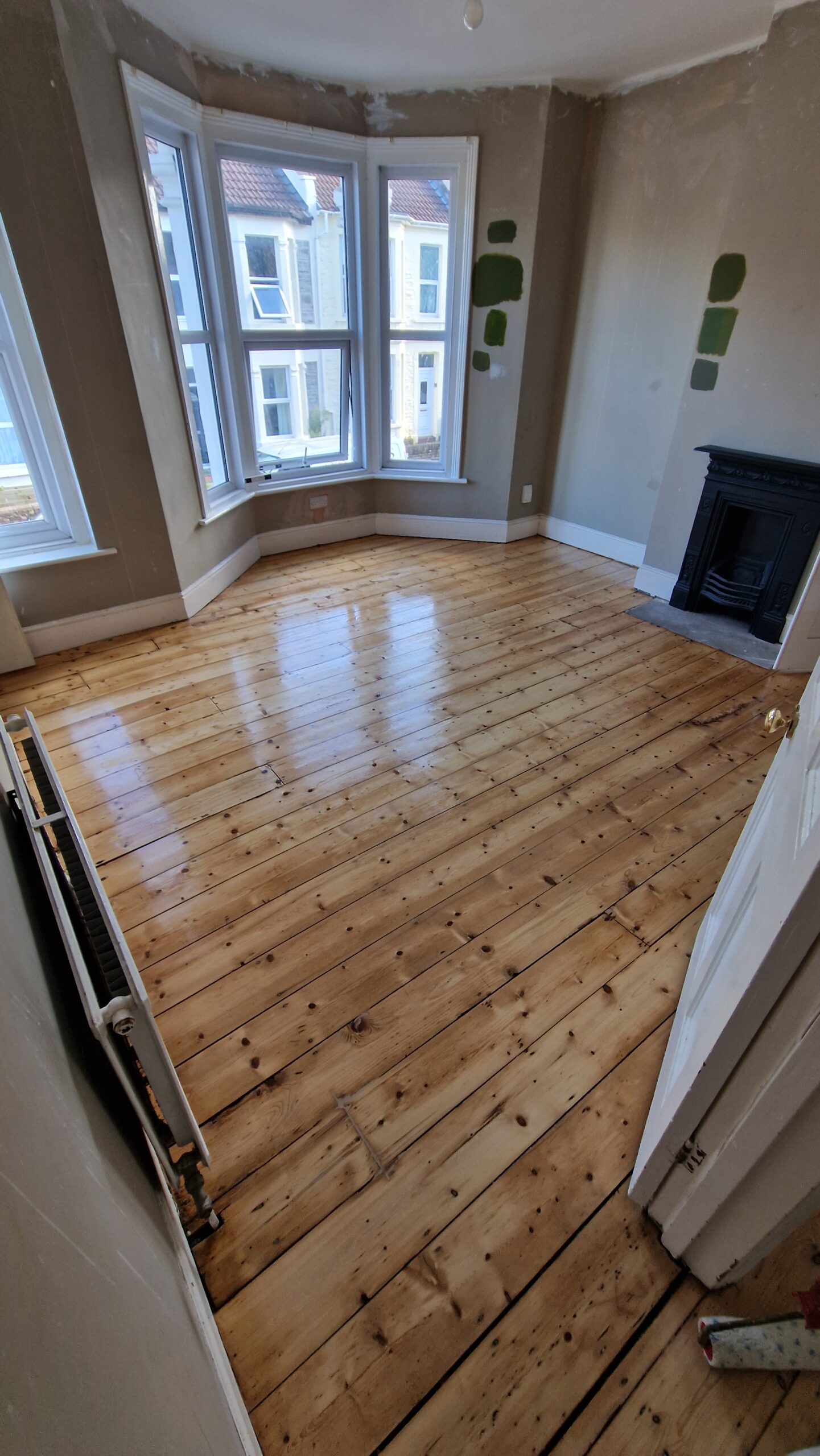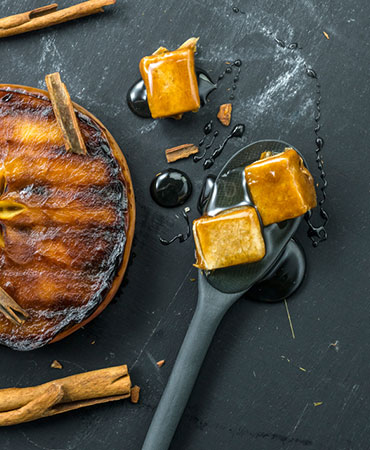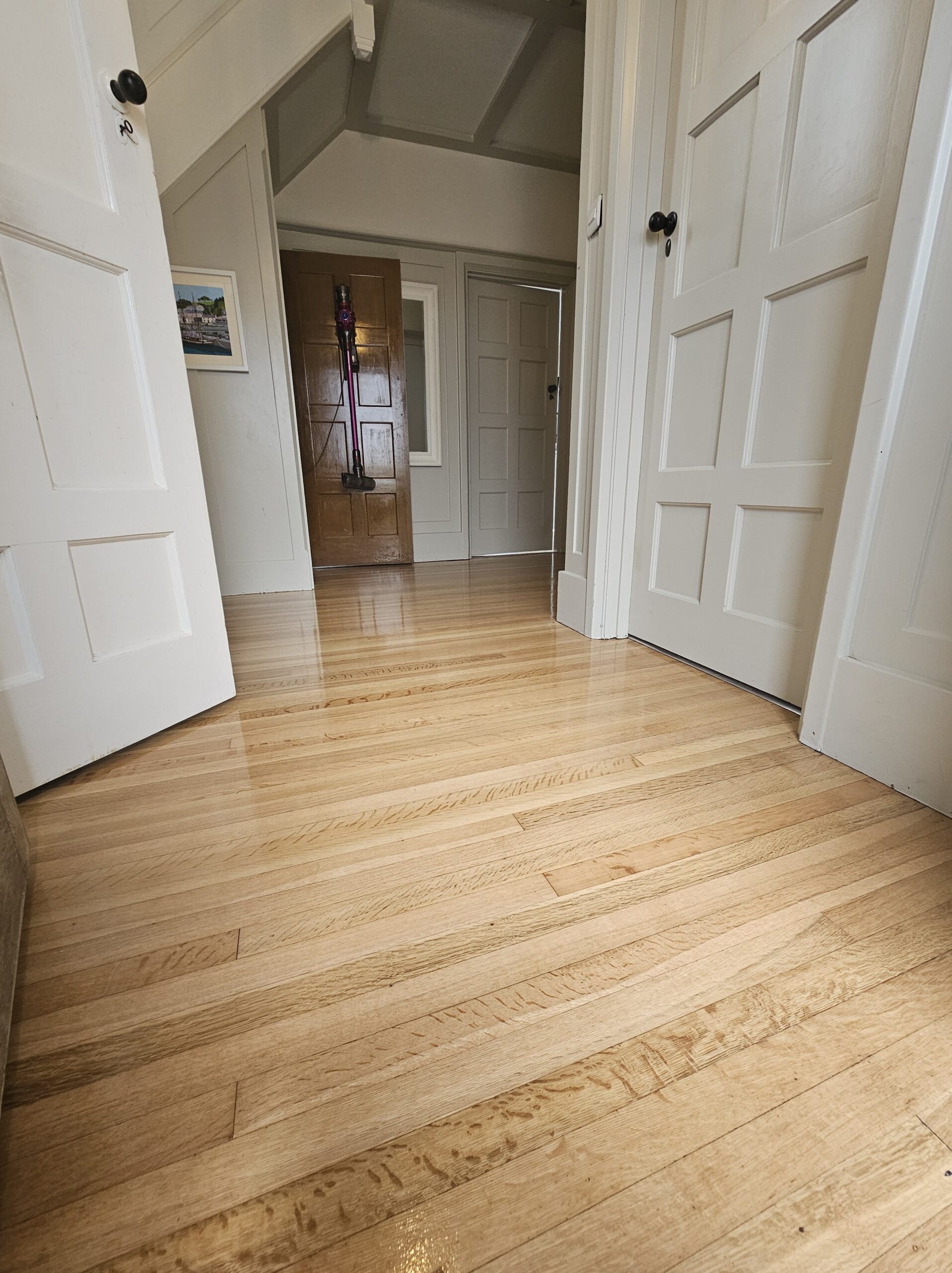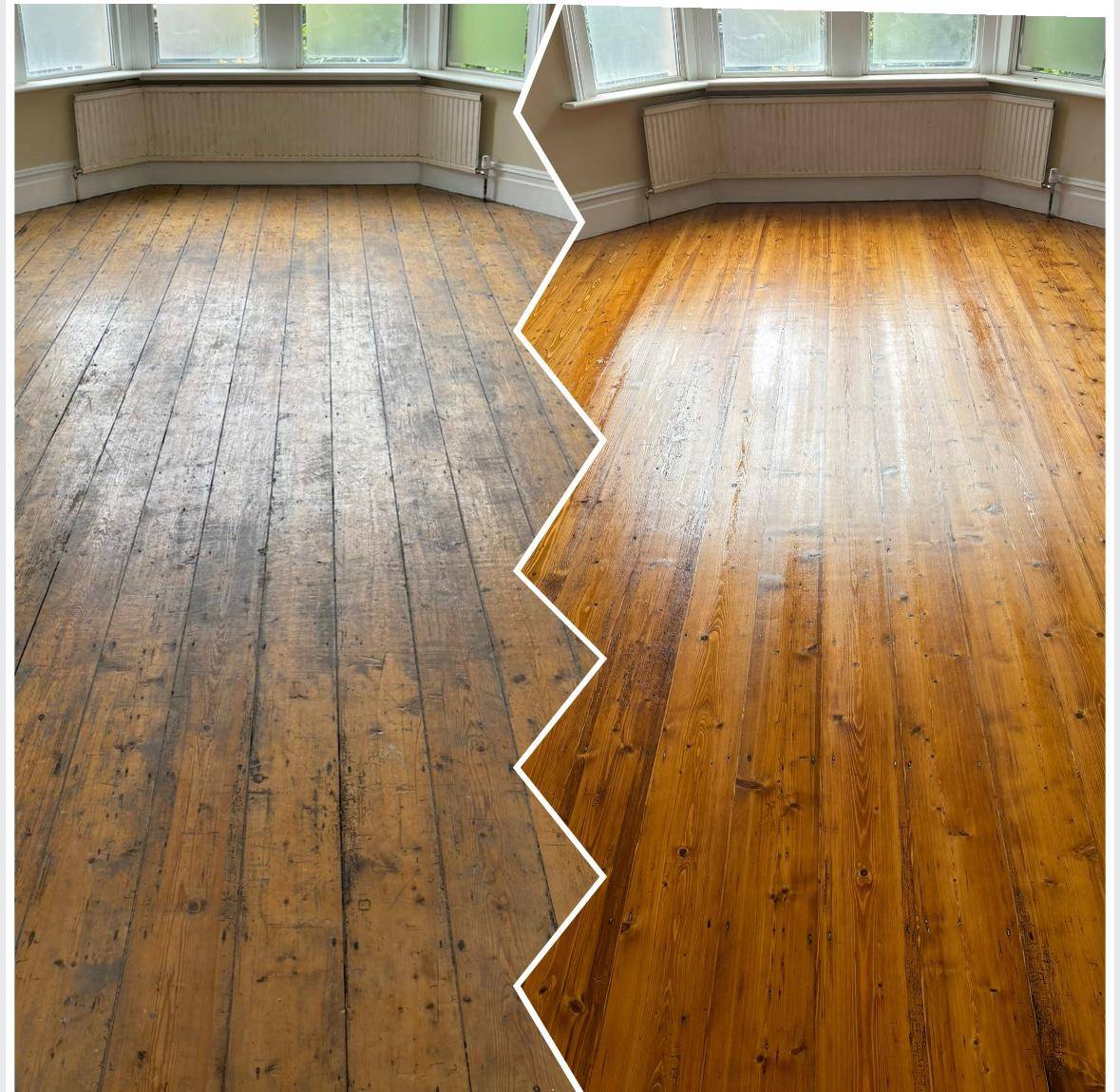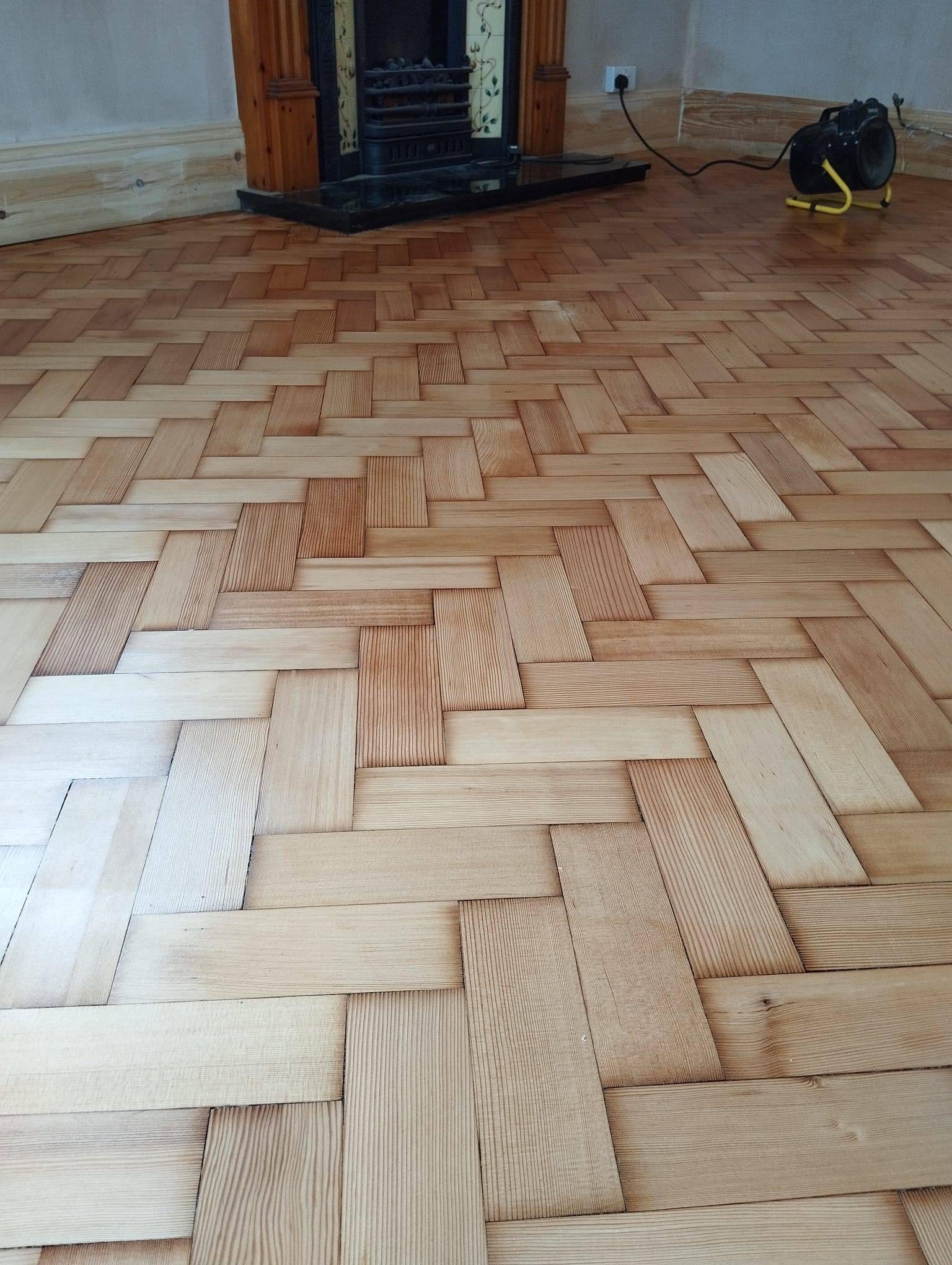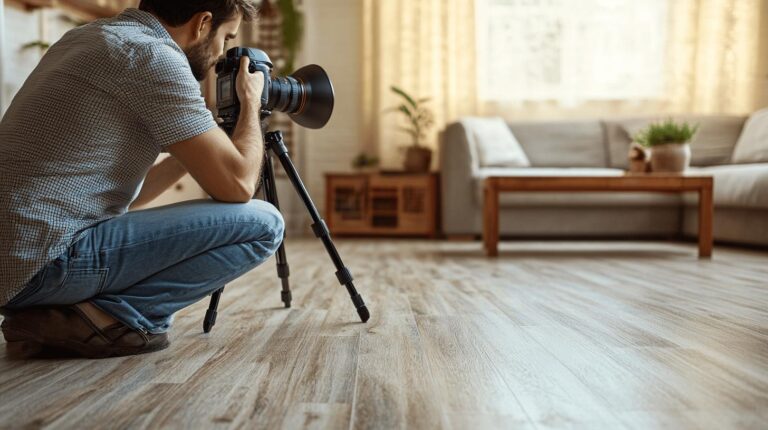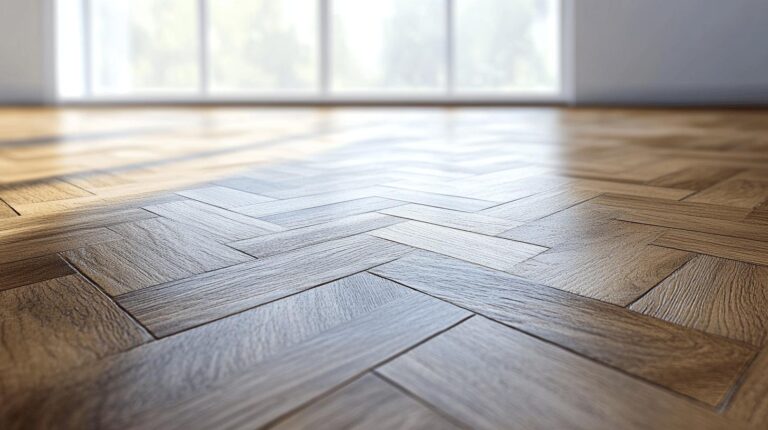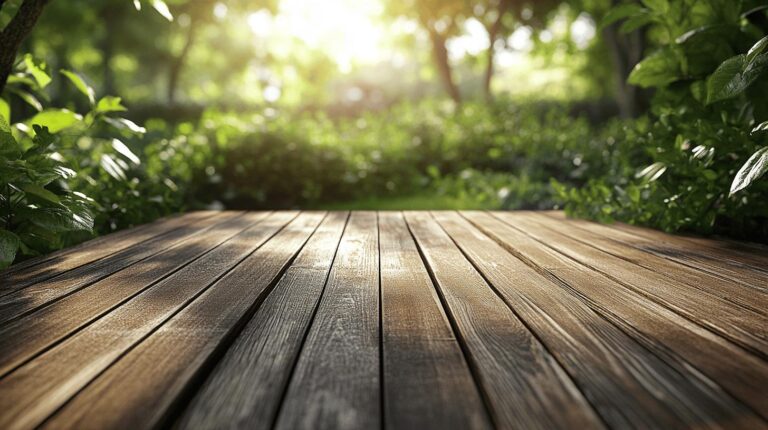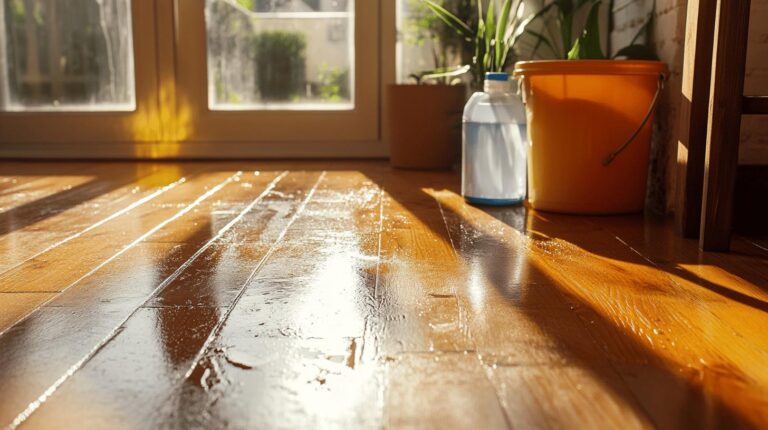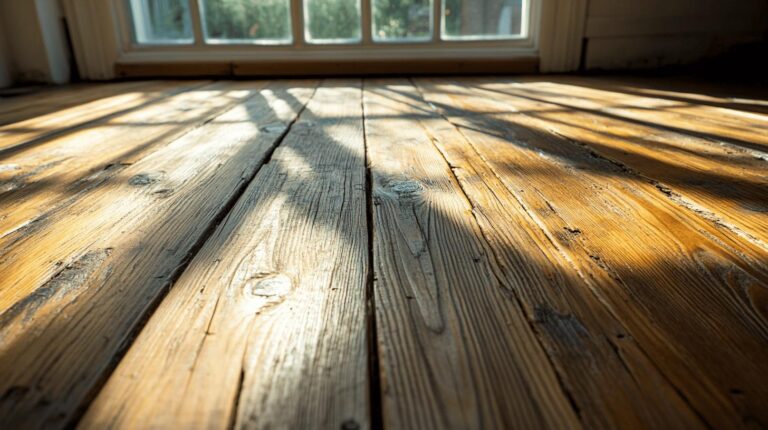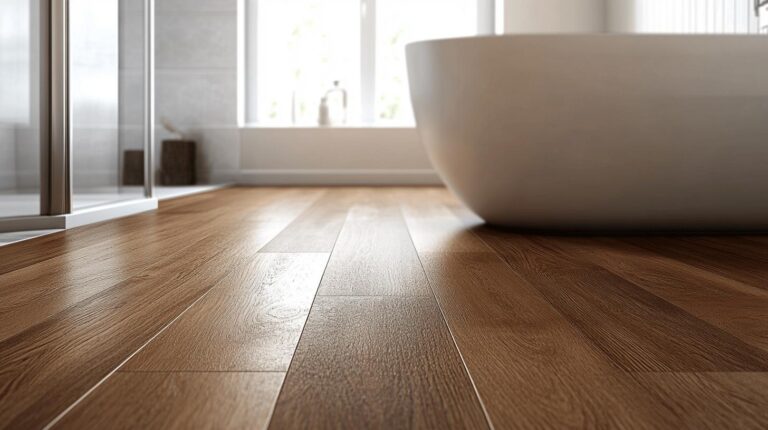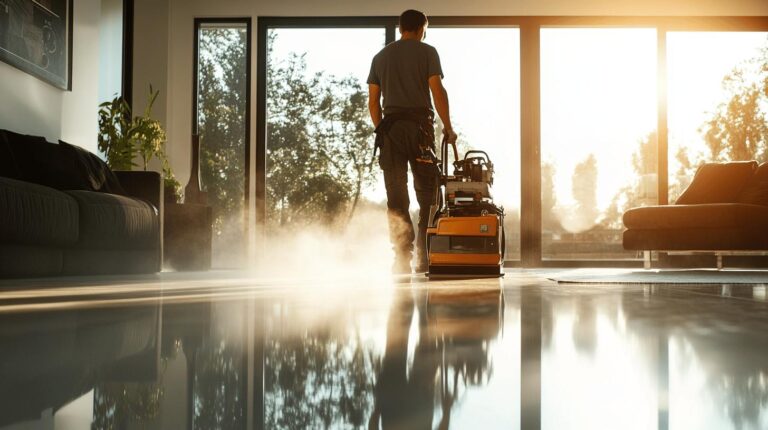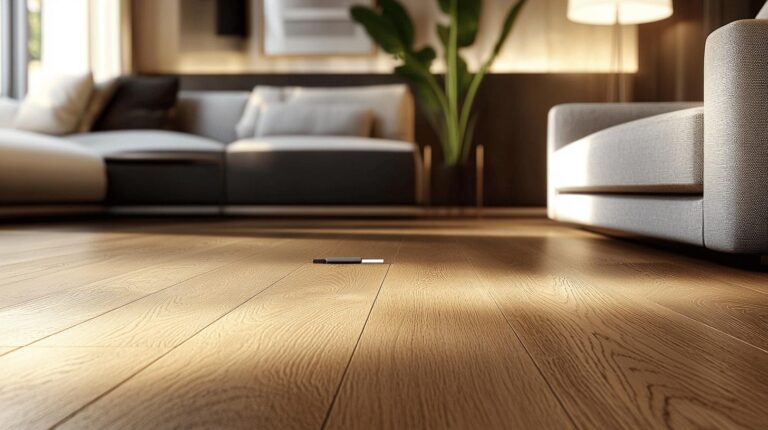Choosing a paint sheen might seem like just another step in the decorating process, but its impact can be as significant as selecting the colour itself. The sheen of a paint influences the overall mood of a room; whether you opt for a cosy, muted atmosphere with a matte finish, or a lively space with the high shine of gloss, each choice dictates texture and ambience. In this guide, Ryan’s Restoration explores the nuances of matte, satin, and gloss finishes, offering expert advice to homeowners on selecting the perfect sheen to enhance both aesthetic appeal and practical functionality.
Understanding Sheen: Matte, Satin, and Gloss
A paint sheen, also known as a paint finish, is the measure of glossiness of paint once it has dried. It is a significant factor in interior design, influencing both the visual appeal and functionality of a space. By selecting the appropriate sheen, one can control the amount of light that reflects from walls, ceilings, and other surfaces, thereby affecting the overall mood and aesthetic of a room. Different sheens cater to various needs, providing options from low-lustre to high-gloss finishes, each with unique characteristics and applications.
The spectrum of paint sheen ranges from matte to gloss. Matte finishes offer a smooth, non-reflective appearance, making them ideal for creating a calm and elegant atmosphere. They are particularly suited for areas where a subtle, understated look is desired. Satin finishes strike a balance between matte and gloss, providing a soft sheen that adds warmth and richness to a room. This type of finish is versatile, suitable for both private and communal spaces. Gloss finishes, on the other hand, are highly reflective, creating a polished and vibrant look. They are commonly used in high-traffic areas or to highlight architectural details due to their durability and ease of maintenance.
- Matte: Smooth and non-reflective; hides imperfections well.
- Satin: Soft sheen; offers a warm, inviting look.
- Gloss: Highly reflective; ideal for high-traffic areas.
- Durability: Matte is less durable; gloss is the most durable.
- Maintenance: Gloss is easiest to clean; matte requires more upkeep.
.
The choice of sheen impacts both the aesthetic appeal and practical use of a space. Matte finishes are excellent for concealing surface imperfections, while satin and gloss finishes highlight architectural elements and are easier to clean. By considering the specific needs and design goals of a room, one can select the right sheen to enhance its functionality and visual appeal, making it essential for achieving the desired interior design outcome.
Choosing the Right Sheen for Different Rooms
When choosing a paint finish for different rooms, consider the room’s purpose, aesthetic goals, and practical needs. The function of the space often dictates the type of sheen that would be most suitable. For instance, rooms that require a calm and serene environment, such as bedrooms or studies, might benefit from a matte finish. This finish offers a non-reflective surface, creating a relaxed atmosphere while effectively concealing imperfections on the walls. In contrast, rooms that serve as social spaces, like dining rooms or living rooms, may benefit from a satin finish, which strikes a balance between elegance and durability.
High-traffic areas, such as hallways, kitchens, and bathrooms, demand more durable and easy-to-clean finishes. For these spaces, satin or gloss finishes are ideal. Satin offers a gentle sheen and is resistant to moisture, making it appropriate for kitchens and bathrooms. Gloss finishes, with their high reflectivity and robustness, are perfect for areas that experience frequent use, such as children’s playrooms or entryways. These finishes are less prone to scuffs and stains and are easier to wipe clean, which helps maintain their appearance over time.
Aesthetic and functional factors significantly influence the choice of sheen. The desired style and mood of the room should guide the selection, ensuring the finish complements the overall design. While matte finishes provide a muted and refined look, satin and gloss finishes add vibrancy and highlight architectural features. Additionally, consider the impact of light on the chosen sheen, as it can enhance or diminish the visual appeal. Balancing these elements ensures that the chosen sheen meets both aesthetic and practical requirements, enhancing the room’s functionality and style.
Aesthetic Appeal: How Sheen Impacts Room Design
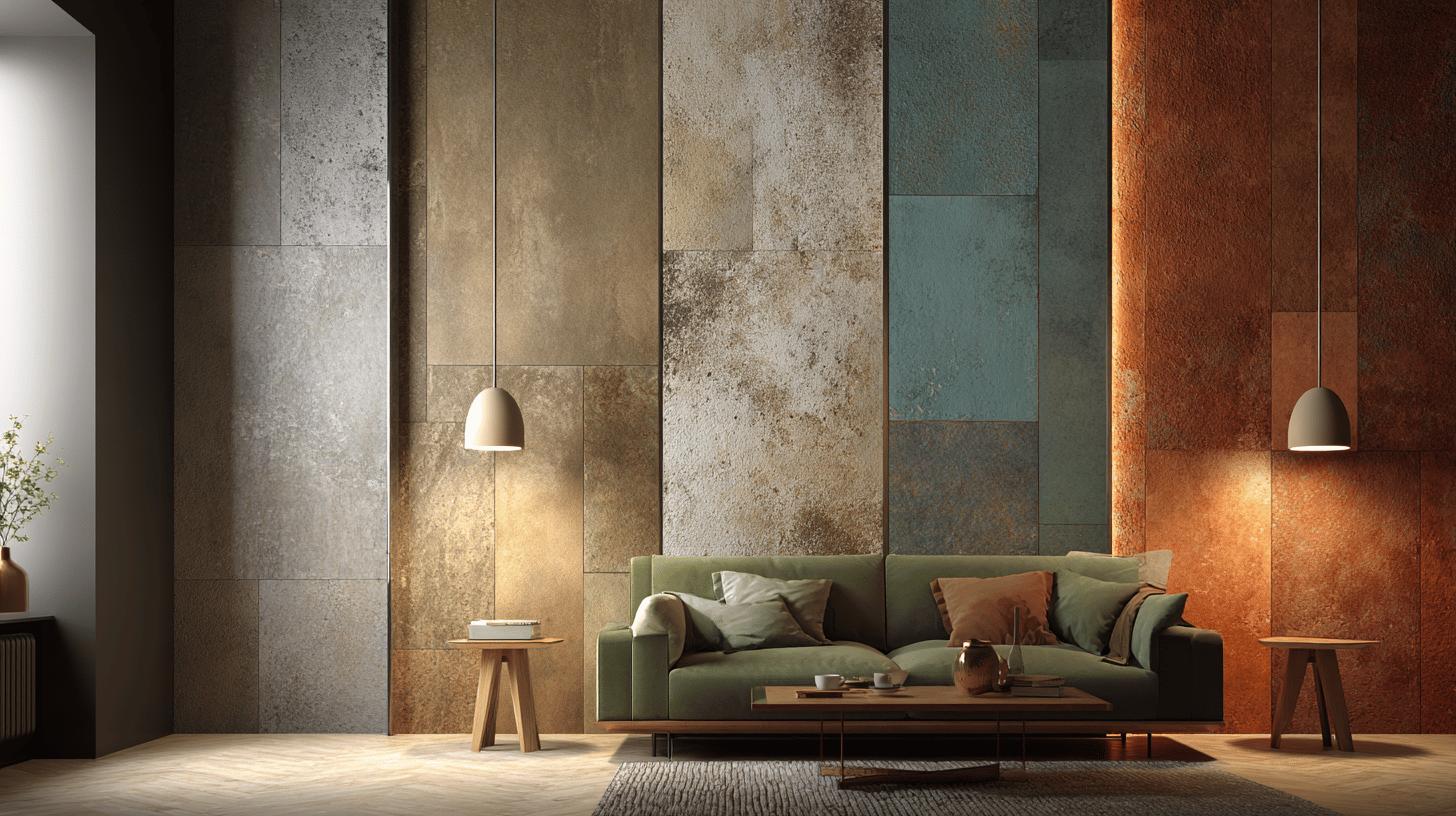
Lighting plays a crucial role in the way different sheens interact with a room’s aesthetic. Matte finishes, which absorb light, are perfect for creating a subdued and relaxed atmosphere. This quality makes them ideal for spaces intended for rest and contemplation, where minimal glare is desired. On the contrary, gloss finishes reflect light significantly, brightening up spaces and providing a lively and vibrant environment. They work well in areas where a sense of energy and openness is needed. Satin finishes offer a middle ground, providing a soft sheen that enhances the warmth and richness of a room without overwhelming it.
Colour and Sheen Interaction
Different sheens pair distinctively with specific colour palettes. Matte finishes are best suited for soothing hues, such as pastels or muted tones, as they complement the subtlety without drawing too much attention. Satin finishes enhance earthy tones and subtle colours, providing a gentle glow that accentuates the natural beauty of these shades. Gloss finishes, with their high reflectivity, are well-suited for bold and vibrant colours, making them a great choice for accent walls or focal points where you want to make a statement.
The choice of sheen can greatly influence the mood and style of a room. Matte finishes create a calm and understated elegance, perfect for intimate or relaxed spaces. Satin finishes add a touch of luxury and warmth, making a room feel inviting and comfortable. Gloss finishes, on the other hand, deliver a polished and modern look, adding drama and sophistication to any space. By thoughtfully selecting the sheen, one can tailor the atmosphere and style of a room to match its intended purpose and aesthetic goals.
Practical Considerations: Durability and Maintenance
When choosing a paint sheen, durability is a key factor to consider. Matte finishes, while offering a sophisticated and subtle appearance, are less durable compared to other sheens. They are more prone to scuffs, stains, and marks, requiring frequent touch-ups to maintain their appearance. Satin finishes strike a middle ground, providing a balance between aesthetic appeal and durability. They are more resilient than matte finishes, withstanding moderate wear and tear, making them suitable for spaces that experience regular use. Gloss finishes are the most durable, with high resistance to moisture, stains, and scuffs. This makes them perfect for high-traffic areas, as they maintain their lustre and integrity over time.
Different sheens also require varying levels of maintenance. Matte finishes demand careful cleaning to avoid removing paint, as their non-reflective surface can easily show dirt and fingerprints. Satin finishes are easier to clean, with a soft sheen that allows for gentle scrubbing without damage. Gloss finishes are the simplest to maintain, as their smooth and reflective surface is highly resistant to dirt and grime. They can be wiped clean with a damp cloth, making them ideal for busy areas like kitchens and bathrooms, where messes are more common.
- Regularly dust matte surfaces to prevent dirt accumulation.
- Use a soft, damp cloth for cleaning satin finishes.
- Avoid harsh chemicals on gloss finishes to maintain shine.
- Promptly clean spills on all sheen types to prevent stains.
- Test cleaning products on a small area before full application.
.
Longevity is an essential consideration when selecting a paint finish. While matte finishes require more frequent maintenance and potential touch-ups, gloss finishes offer long-term durability with minimal upkeep, providing a cost-effective solution in the long run. Satin finishes balance aesthetics and resilience, making them a versatile choice for various environments. By considering both durability and maintenance needs, one can ensure the paint finish chosen not only enhances the room’s appearance but also withstands the demands of everyday life.
Sample Boards: Visualising Sheen Choices
Sample boards serve as a practical tool for visualising and selecting the perfect sheen for any room. By offering a tangible representation of how different sheens appear under varied lighting conditions, they help homeowners and designers make informed decisions. These boards can effectively display the interplay of matte, satin, and gloss finishes, highlighting their distinct visual and functional impacts on a space. With professional guidance, sample boards can illustrate how each sheen complements the room’s overall design and meets specific needs.
Creating Sample Boards
To create effective sample boards, start by selecting a variety of sheen types that interest you. Apply each sheen to separate sections of a board, ensuring even coverage. Allow the paint to dry thoroughly before placing the board in different areas of a room to observe how natural and artificial lighting influence the appearance. This step-by-step process allows you to compare and contrast the sheen effects, helping to identify which finish best enhances the room’s décor and functionality.
Sample boards are invaluable in the decision-making process, providing insight into how different sheens interact with light and colour. They allow for a preview of potential outcomes, reducing the risk of dissatisfaction with the final appearance. By visualising sheen options through sample boards, homeowners can confidently select the finish that aligns with their aesthetic preferences and practical requirements, ensuring a harmonious and pleasing environment.
Final Words
Deciding on the perfect sheen, whether matte, satin, or gloss, is crucial for blending aesthetic appeal with practicality.
Understanding sheen differences and their impact on room design ensures homeowners can enhance their interiors effectively.
Considering room purposes, aesthetic desires, and practical needs helps in choosing the optimal sheen finish.
Sheen impacts durability and maintenance, influencing both longevity and upkeep.
Sample boards provide a tangible way to visualise these choices before commitment.
Choosing the Perfect Sheen: Matte, Satin, or Gloss? not only beautifies spaces but also adds functional value.
Request sheen samples → Wood Floor Sealing
FAQ
What is the difference between matte, satin, and gloss finishes?
A paint finish, or sheen, determines glossiness levels. Matte is non-reflective, satin offers a soft glow, and gloss is highly reflective, enhancing aesthetic and practical appeal.
Which is better: matte or satin?
Choosing between matte and satin depends on needs. Matte absorbs light for a muted look, best in low-traffic areas; satin provides a subtle sheen, durable for moderate use.
Should I use matte or glossy paint for walls?
Selecting matte or glossy paint depends on design goals. Matte is subdued and relaxing, suited for walls needing a calm look. Gloss offers brightness and vibrancy, ideal for high-impact areas.
Is satin too shiny for a living room?
Satin’s soft sheen balances durability and aesthetics, making it suitable for living rooms wanting elegance without overpowering shine.
What looks better in a kitchen, satin or gloss?
For kitchens, satin delivers a soft sheen and easy maintenance; gloss reflects more light, creating a bold effect. Choose based on lighting and desired impact.
How do satin and gloss finishes compare for woodwork?
Satin provides a balanced glow and durability for wood finishes; gloss enhances shine and is easier to clean, appropriate for statement woodwork pieces.
Is eggshell the same as matte and satin?
Eggshell has a slight sheen, smoother than matte but less reflective than satin; it suits areas desiring a middle ground between modesty and durability.
How do matte, satin, and gloss polyurethane finishes differ?
Matte polyurethane is low-sheen, hiding imperfections; satin delivers smooth finishes with moderate shine and balance; gloss creates a high-sheen, reflective surface, highlighting details.
How does sheen affect photo finishes?
Photographs finished in satin offer a balanced sheen, enhancing warmth; gloss finishes maximise shine and contrast. Matte finishes create timeless, understated looks.
